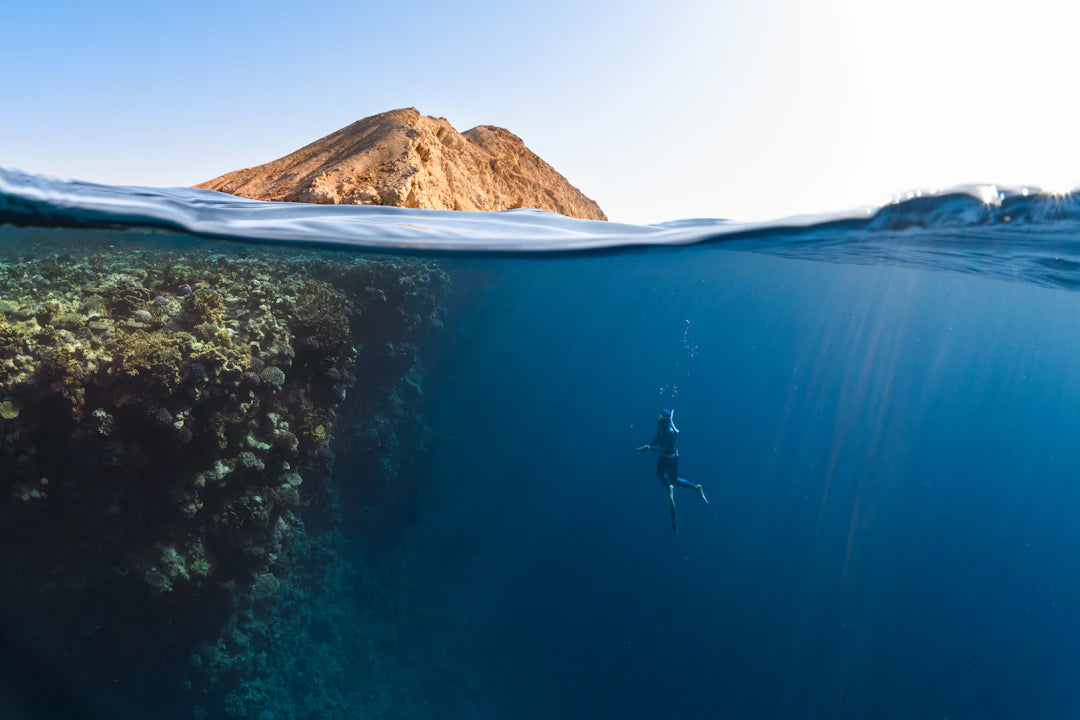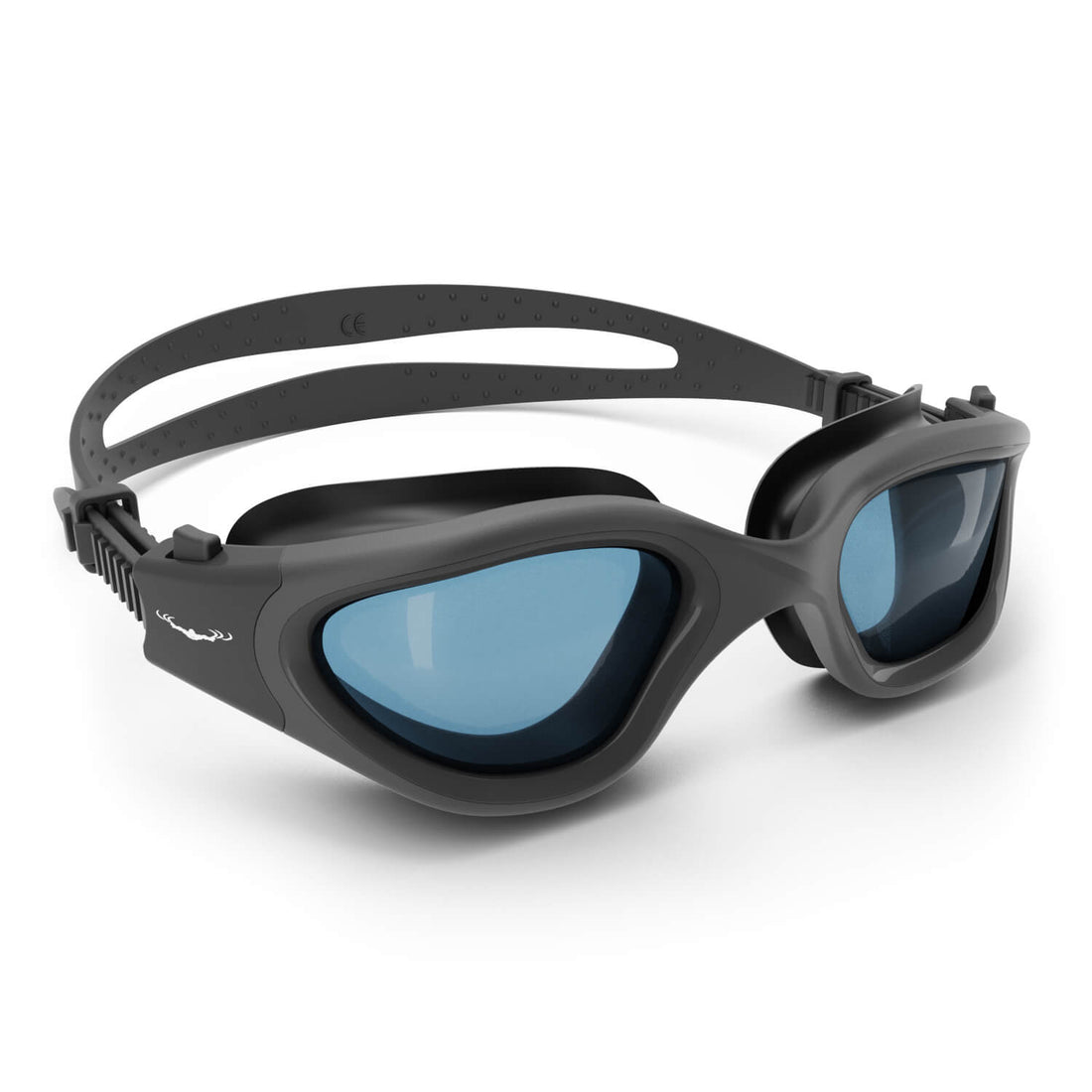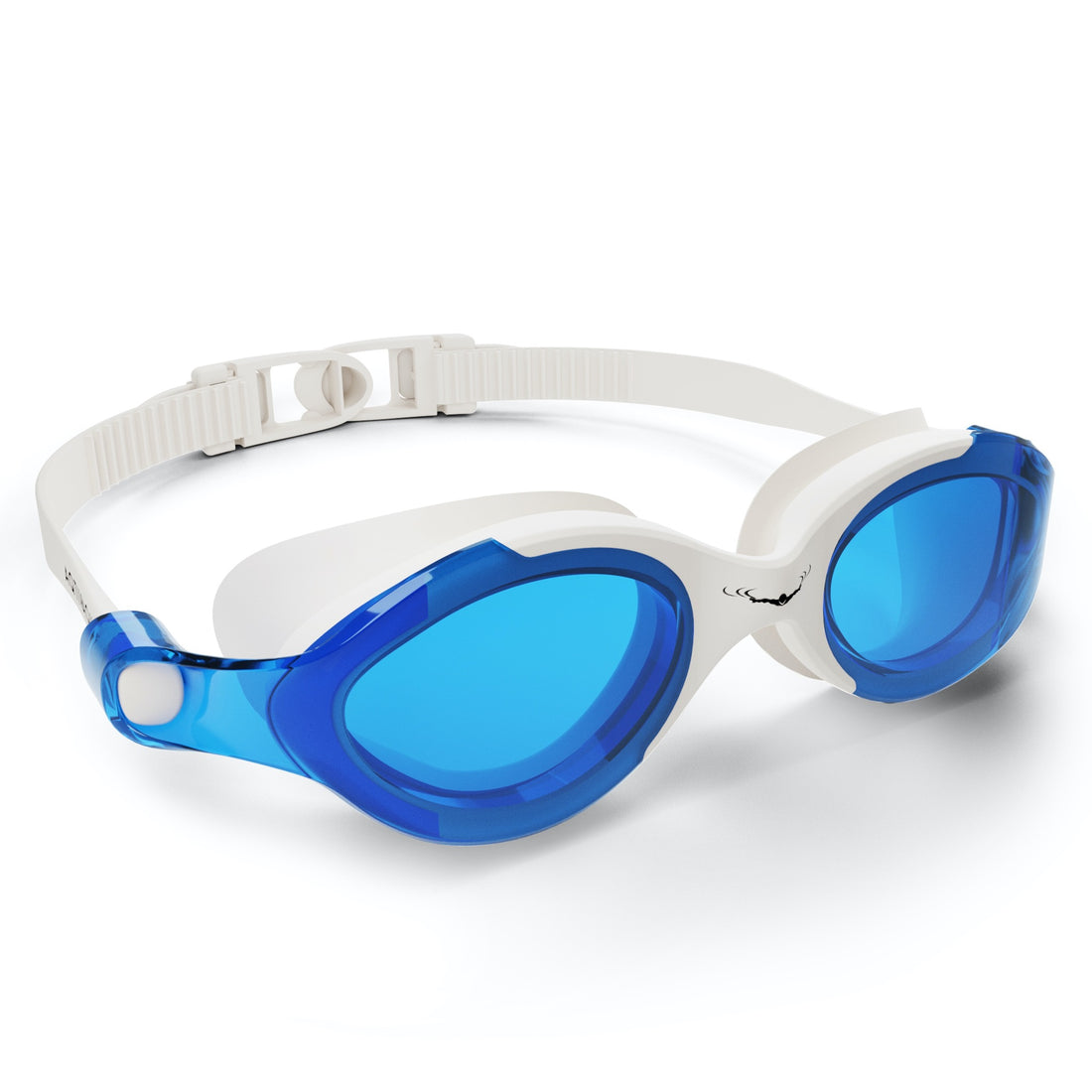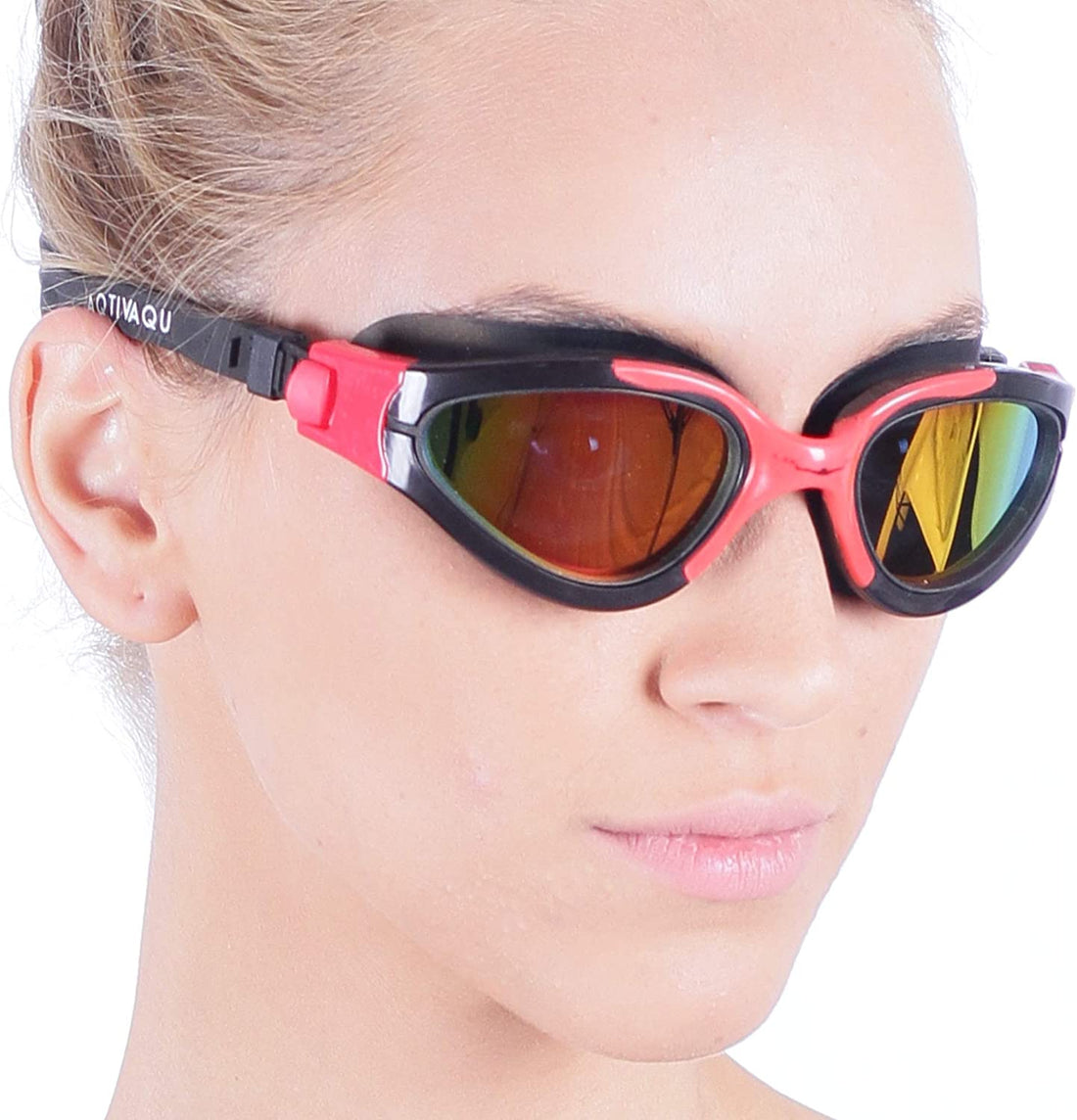Competitive swimming is not just a sport; it is a testament to human resilience, perseverance, and innovation. With its roots deep in history, swimming has evolved dramatically from ancient aquatic demonstrations to the spectacular competitions we witness today. In this article, we will delve into the rich tapestry of competitive swimming's history, showcasing key milestones and advancements that have shaped the sport. Whether you're a casual swimmer or an aspiring Olympian, understanding this history will deepen your appreciation for the sport, especially when using the right gear like wide view swim goggles, swim caps, and swim ear bands.
The Origins of Swimming
The significance of swimming can be traced back to antiquity. Archaeological evidence suggests that swimming was practiced as early as 2000 BC. Ancient Egyptian wall paintings depict swimmers, while the ancient Greeks included swimming among their Olympic sports starting in 776 BC. Swimmers at that time most likely did not use modern swimming goggles or swim caps, as equipment was primitive, but each culture had its methods of training and competition.
The Greek Influence
The Greeks made significant contributions to competitive swimming, establishing formal events and training methods. The combination of swimming with culture and education made it a staple for young Athenians. However, it was primarily a spectacle rather than a competitive sport, allowing both leisure and leisure-seeking individuals to partake.
The Roman Era
With the rise of the Roman Empire, public baths became a staple for social interaction and leisure. While swimming became popular, it was only at the turn of the 19th century that it saw a new direction with the advent of organized competitions.
The 19th Century: The Birth of Modern Swimming Competitions
The first competitive swimming events arose in Europe during the mid-19th century. In 1837, the National Swimming Society was established in London, hosting the first organized swimming competition. The introduction of swim goggles was still far off, but swimmers began to think pragmatically about their attire.
Australia and the Rise of the Stroke
Meanwhile, Australia was making waves with its unique swimming styles, particularly the Australian crawl. This technique focused on speed and efficiency, setting a benchmark for competitive swimming. With the introduction of swim caps, swimmers could reduce drag and glide through water more effectively.
The 20th Century: The Olympic Breakthrough
The early 20th century marked a turning point for competitive swimming with the inclusion of the sport at the 1900 Paris Olympics. This was a groundbreaking moment, introducing swimming to an even wider audience. Swimming events became more structured, and athletes began innovating their techniques.
Equipment Evolution: Goggles Take Center Stage
As competitive swimming grew in popularity, so did the focus on performance-enhancing equipment. The introduction of swimming goggles revolutionized the sport. No longer did swimmers have to rely on their natural vision alone; wide view swim goggles became crucial for competitive success. These goggles provided clarity and protection, allowing athletes to focus solely on their performance.
The Golden Era of Swimming
The 1920s and 1930s witnessed the emergence of swimming legends such as Johnny Weissmuller and Annette Kellerman, who mesmerized audiences with their extraordinary skills. Swimming caps began to become more sophisticated during this time, made from materials that are now synonymous with speed and efficiency.
The Modern Age: Competitive Swimming Today
With advancements in technology and training, the late 20th and early 21st centuries have witnessed unprecedented records and developments in swimming. The introduction of synthetic swim caps, which cut down water resistance, has improved performances immensely. The significance of wearing appropriate gear such as swim ear bands to enhance focus during competition has become common knowledge.
World Championships and Olympic Games
Today, competitive swimming includes a multitude of events, ranging from freestyle to butterfly, with swimmers competing across various distances. Major events such as the World Championships and the Olympics ignite national pride and inspire future generations of swimmers. The sport is now more global than ever, with athletes from all over the world vying for medals.
Technological Innovations in Training
Training regimens have also transformed, with the incorporation of technology in swim coaching. From underwater filming to monitor stroke techniques to advanced analytics, swimmers can now fine-tune their techniques more rapidly than ever. Additionally, swim shops have diversified their offerings, making a variety of swim caps, goggles, and other essential gear readily available to cater to the needs of different swimmers.
The Future of Competitive Swimming
As we look to the future, competitive swimming continues to grow in popularity and sophistication. Advances in materials for swim goggles and swim caps aim to enhance performance while keeping athlete safety at the forefront. The next generation of swimmers is set to break records, fuelled by modern innovations and an ever-expanding global interest in the sport.
Inclusivity and Access
The movement towards inclusivity within the sport has become louder, with organizations striving to provide access to swimming for underrepresented communities. Eliminating barriers to entry will ensure that swimming talent can flourish, ensuring future competitive swimming retains its rich diversity and spirit.
Wrapping Up: The Waves of Change
Reflecting on the history of competitive swimming reveals an intricate connection between human innovation and aquatic challenges. From ancient aquatic demonstrations in Egypt to the technological marvels of today, competitive swimming has witnessed transformative changes that have influenced how athletes train and compete. Understanding this history enriches not just the experience of participating in swim meets, but also the joy of every stroke taken in the pool. So whether you're equipped with the latest wide view swim goggles, comfortable swim caps, or snug swim ear bands, remember that you are a part of a storied tradition, swimming towards the next generation of greatness. Dive in and make waves!










